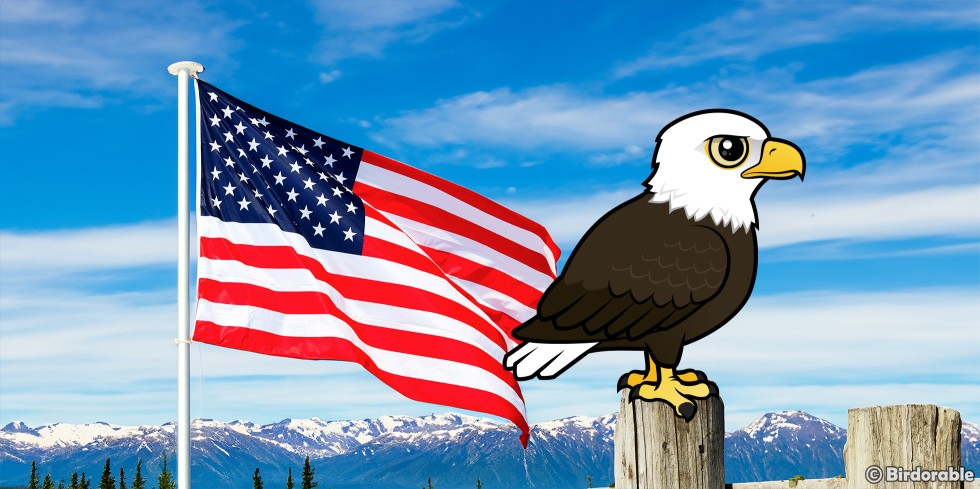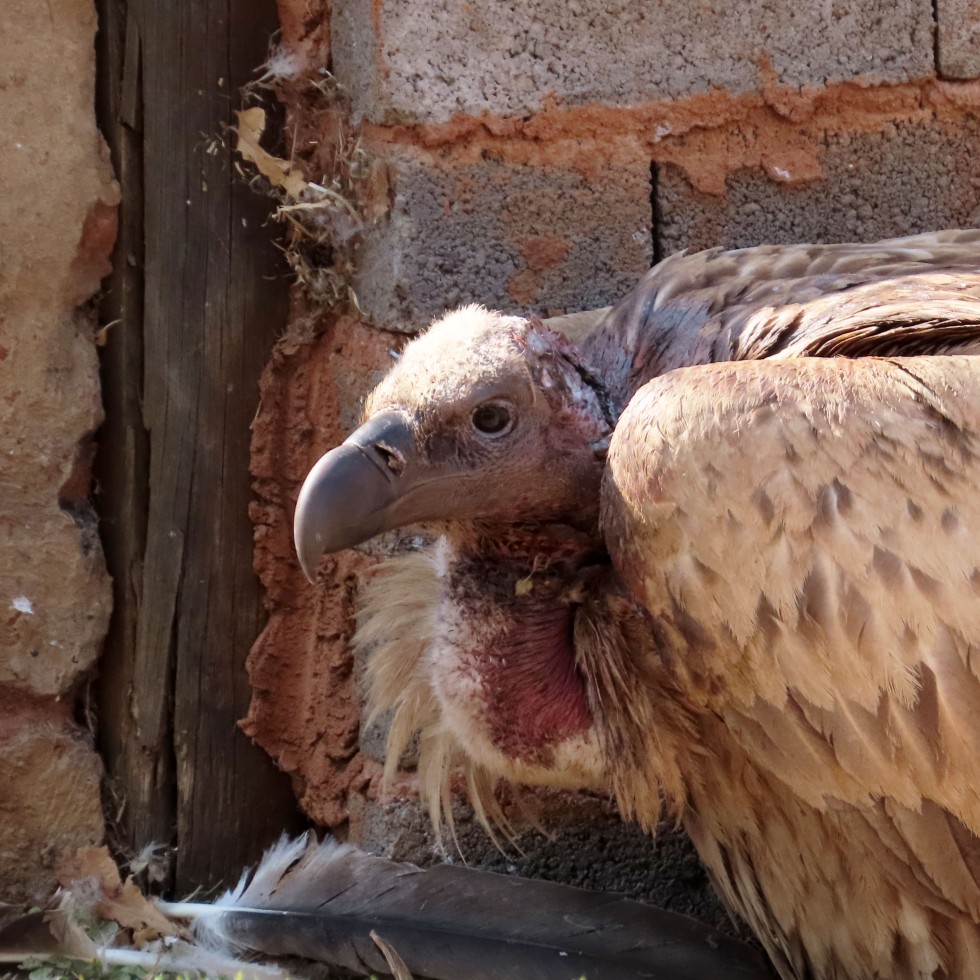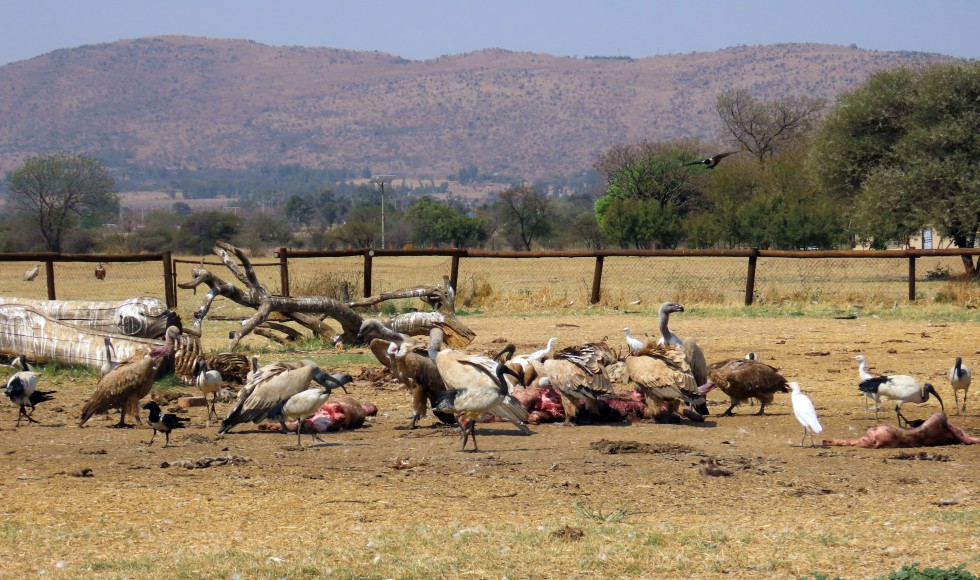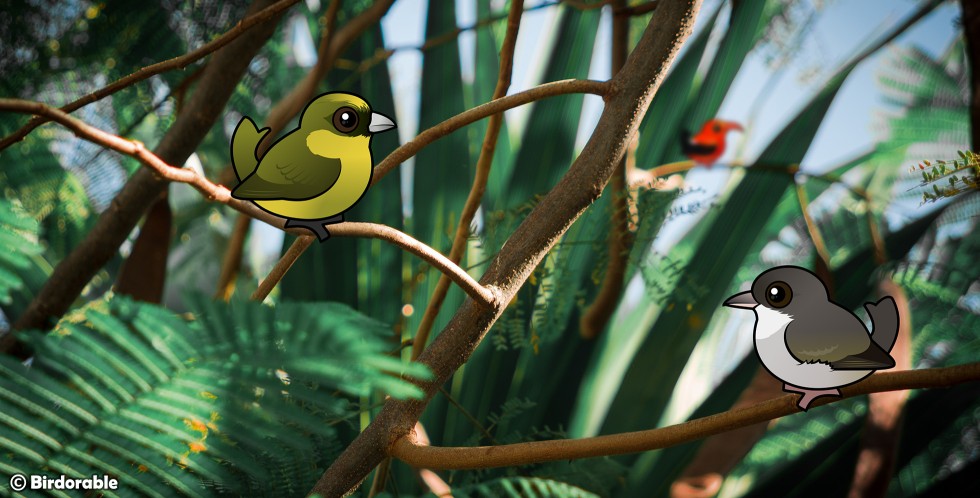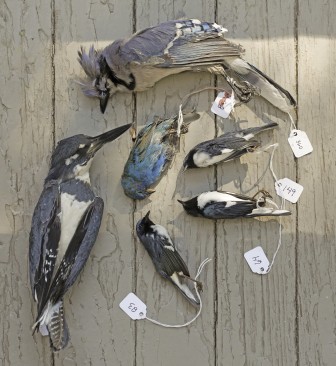Bird Term: Banding
What Is Bird Banding and Why Is It Important?

Tufted Titmouse being banded
The term banding, also known as ringing in some countries, refers to the practice of placing a small, uniquely numbered band or ring around a bird’s leg. This is done primarily for research and conservation purposes. The bands help scientists and researchers track the bird’s movements, lifespan, population trends, and behavior over time.
Bird banding has been used for over a century as an effective way to study avian ecology. By attaching a lightweight, durable band to a bird, researchers can gather valuable data without causing harm to the bird. The bands are designed to stay on for the bird’s lifetime; they are carefully sized to ensure the bird can hunt, fly, and perch comfortably.
Banding is typically carried out by licensed professionals or trained volunteers. These experts use mist nets or other humane methods to safely catch birds. Once captured, the bird is identified, measured, weighed, and banded before being released. If the banded bird is later recaptured or the band is found, the unique ID number provides a wealth of information. For example, the data might reveal how far the bird has migrated, how long it has lived, or how its population is changing due to environmental factors.
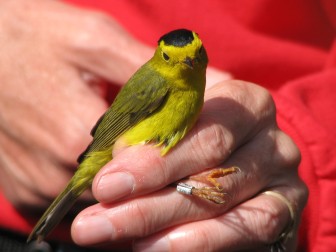
Wilson's Warbler with new band
There are two main types of bands:
- Metal Bands: These are usually aluminum and include a unique number and the contact information of the organization managing the banding program.
- Colored Bands: These are often used in combination with metal bands to allow researchers to identify birds from a distance without needing to recapture them. Colored bands may include small flaps or flags which make the numbers or letter and number combo easy to read in the field, without recapturing the bird.
Bird banding has contributed significantly to understanding migration patterns, breeding behaviors, and threats to bird populations. For instance, by studying the migration of Arctic Terns, researchers have discovered that these birds travel astonishing distances every year, from the Arctic to the Antarctic and back again. Banding data has also been crucial for identifying declining populations and informing conservation efforts. And nearly all of the data on bird longevity is known from banding efforts. A famous example is Wisdom, the Laysan Albatross who was banded as an adult in 1956, who is the oldest living bird at over 70 years old in 2024.

Wisdom, wearing band Z333, November 27, 2024 [Dan Rapp for USFWS - Pacific Region]
If you find a banded bird or a bird band, it’s essential to report it to the relevant authorities. In the United States, you can report bird bands to the USGS Bird Banding Laboratory. They will use the band number to learn about the bird’s history and add your report to the database, helping researchers with their studies. In most cases, they will also let you know about the bird's history.
Bird banding is an invaluable tool for understanding and protecting our feathered friends. It’s a small action that provides big insights into the fascinating world of birds.
For further study, we suggest reading What Scientists Have Learned from 100 Years of Bird Banding.


